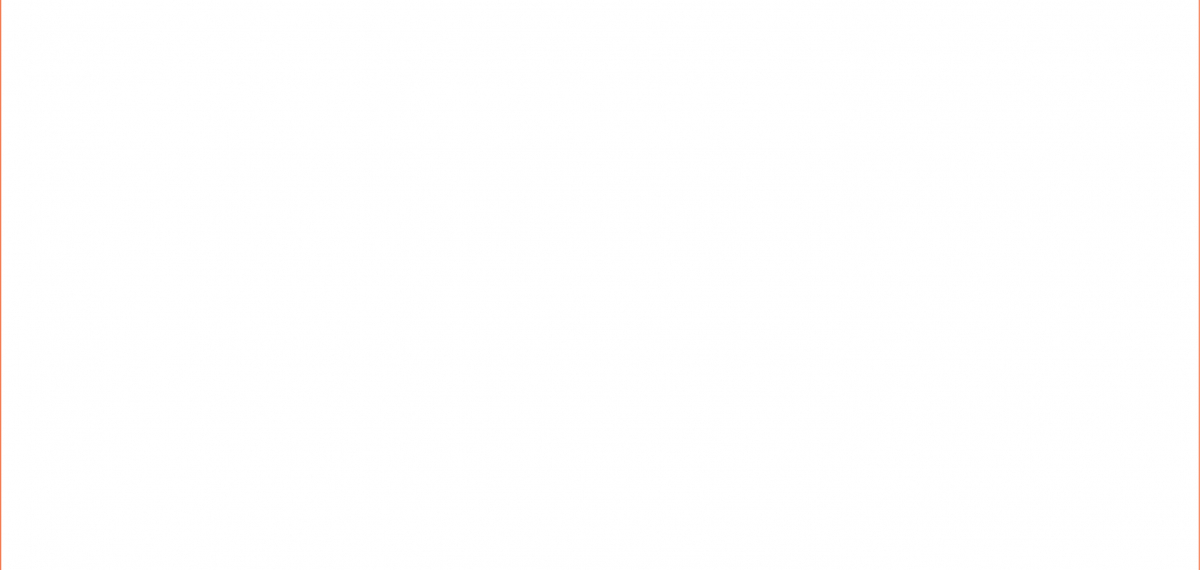Presentation
Italy • Born in 1985
The Wretched and the Earth
Like the wood we can’t see for the trees, this story is about one crisis we can’t see for another. The violence that broke out in Burma’s Rakhine State in August 2017 forced the Rohingyas (a stateless Muslim minority heavily persecuted by the Burmese junta) to flee to neighbouring Bangladesh. It was one of the most dramatic humanitarian crises in history: 655,000 refugees, half of whom were children, were displaced in just a few weeks. Five years later, nearly one million refugees are now stranded in camps in the Cox’s Bazar region.
Italian photographer Gabriele Cecconi has chosen to show the ecological and environmental consequences of this crisis. Because beyond the refugees’ distress and the horror of the stories they tell from Burma, their hasty arrival en masse has had an impact on the already limited natural resources of their host country. Being forced to survive in difficult circumstances, the Rohingyas have unwittingly triggered several problems: deforestation, competing with wildlife for limited space, and tensions with the Bangladeshis, who are also struggling to survive in precarious conditions.
In an age when migration – be it economic, climatic or social – is proving to be the century’s defining issue, the work of Gabriele Cecconi is essential. It helps us to understand that there is no simple way of dealing with migratory crises and the refugee phenomenon.
CHEMIN DES LIBELLULES
Gabriele Cecconi is the 2021 winner of the Yves Rocher Foundation Photo Award, in partnership with Visa pour l’Image. He received a grant of 8,000 euros for this long-term project, which will be presented in its entirety for the first time at La Gacilly.
In partnership with the Yves Rocher Foundation. Exhibition printed with the support and expertise of CEWE.
![]()
![]()

© Gabriele Cecconi

Exhibition

Like the wood we can’t see for the trees, this story is about one crisis we can’t see for another. The violence that broke out in Burma’s Rakhine State in August 2017 forced the Rohingyas (a stateless Muslim minority heavily persecuted by the Burmese junta) to flee to neighbouring Bangladesh. It was one of the most dramatic humanitarian crises in history: 655,000 refugees, half of whom were children, were displaced in just a few weeks. Five years later, nearly one million refugees are now stranded in camps in the Cox’s Bazar region.
Italian photographer Gabriele Cecconi has chosen to show the ecological and environmental consequences of this crisis. Because beyond the refugees’ distress and the horror of the stories they tell from Burma, their hasty arrival en masse has had an impact on the already limited natural resources of their host country. Being forced to survive in difficult circumstances, the Rohingyas have unwittingly triggered several problems: deforestation, competing with wildlife for limited space, and tensions with the Bangladeshis, who are also struggling to survive in precarious conditions.
In an age when migration – be it economic, climatic or social – is proving to be the century’s defining issue, the work of Gabriele Cecconi is essential. It helps us to understand that there is no simple way of dealing with migratory crises and the refugee phenomenon.
CHEMIN DES LIBELLULES
Gabriele Cecconi is the 2021 winner of the Yves Rocher Foundation Photo Award, in partnership with Visa pour l’Image. He received a grant of 8,000 euros for this long-term project, which will be presented in its entirety for the first time at La Gacilly.
In partnership with the Yves Rocher Foundation. Exhibition printed with the support and expertise of CEWE.
![]()
![]()



